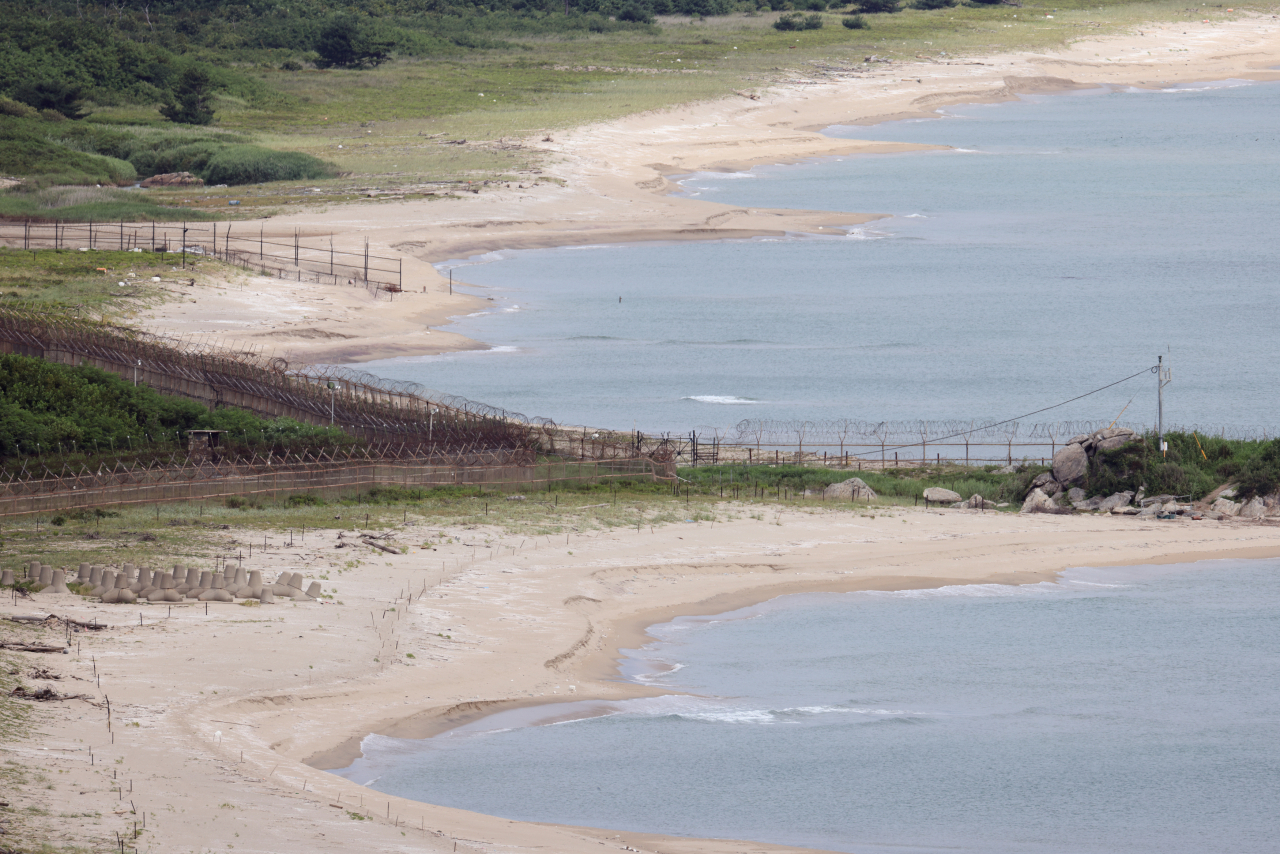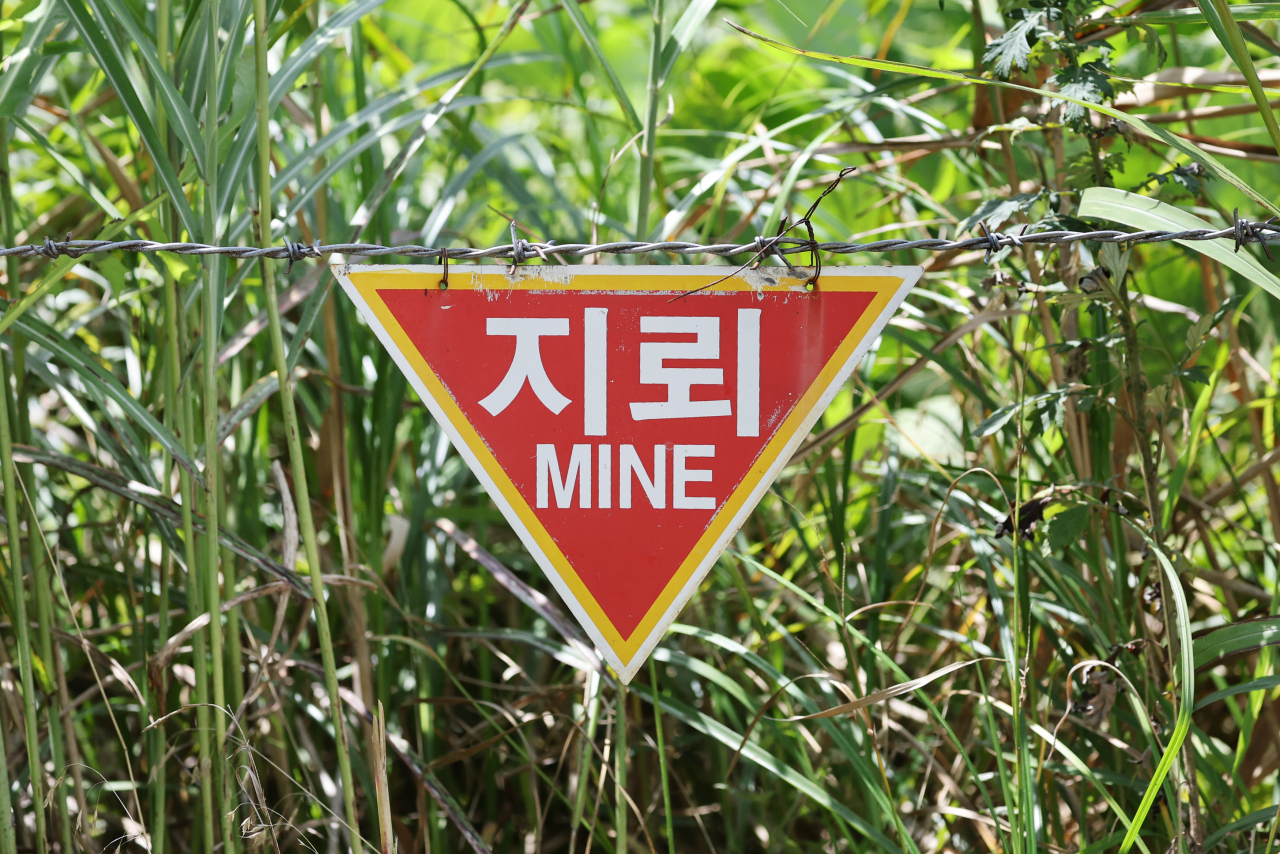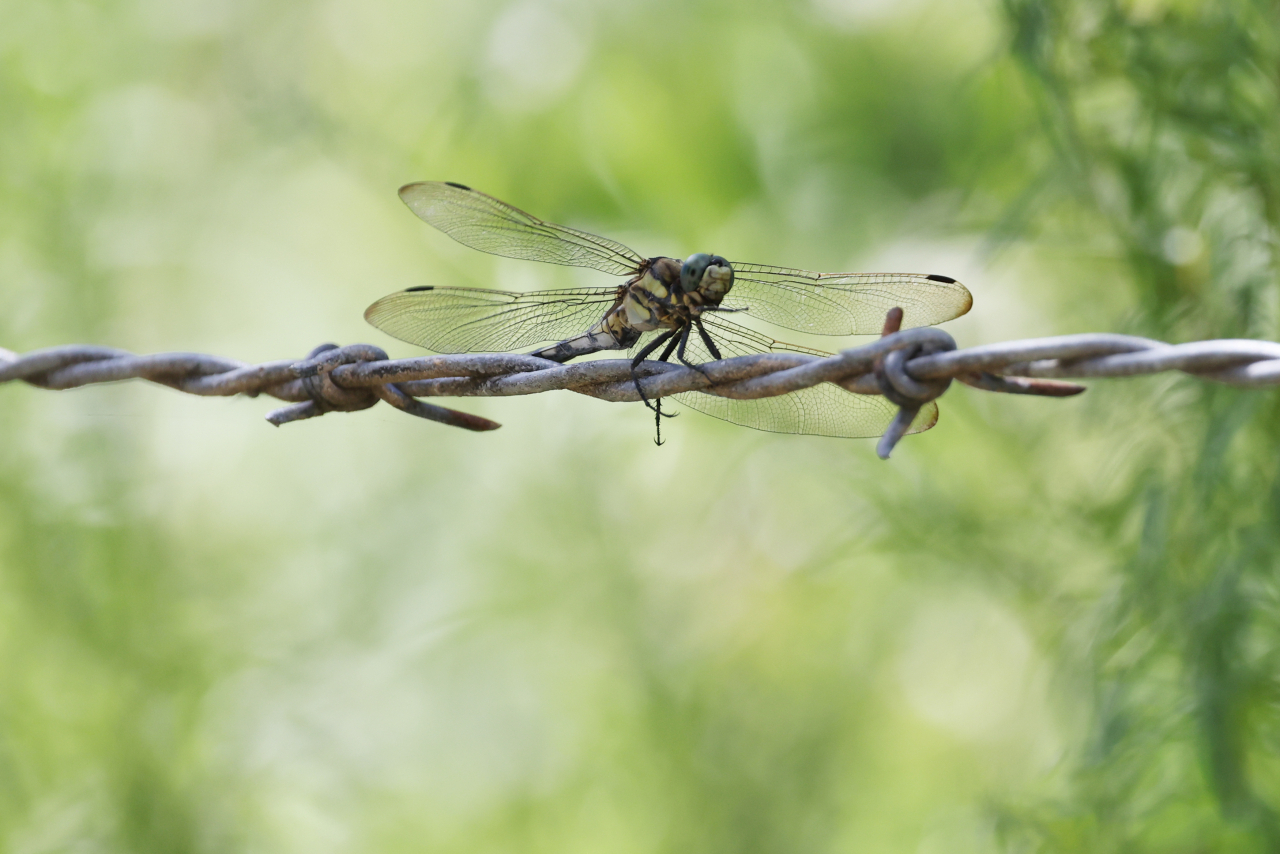[Visual History of Korea] A line in the sand remains after 70 years
By Korea HeraldPublished : Aug. 8, 2023 - 16:52

A chain-link fence starts from a sandy beach on Korea's eastern shore, splits into two barbed wire fences, and divides the Korean Peninsula with a no-man’s land called the Demilitarized Zone.
The landmine-filled DMZ, one of the world’s most heavily militarized areas, has a set of northern and southern fences covering a swathe of land approximately 4 kilometers wide across the peninsula. The unfortunate strip of land stretches from the eastern shore to the waters of the West Sea. It is 223,360 acres where nobody farms, builds communities, nor prospers.
Not an inch has moved in either direction toward unification of the Koreas since the ceasefire agreement was signed on July 27, 1953. Neither have the leaders of the two countries, who maintain that the temporary agreement that was never finalized.
This week marks the 70th anniversary of the signing of the Korean armistice agreement, the cease-fire which ended more than three years -- 1,129 days -- of bloodshed in the Korean War from 1950 to 1953, the bloodiest of all wars in Korea's history.
The armistice, which settled the division of Korean Peninsula around the 38th parallel north, was a status quo ante, almost the same as it existed before the start of the Korean War on June 25, 1950. Then South Korean President Syngman Rhee boycotted signing the armistice as he demanded nothing less than a full unification of the land.

The signatories of the armistice were US Army Lieutenant General William Harrison Jr. and General Mark W. Clark, who represented the United Nations Command. North Korea's founding father Kim Il-sung and General Nam Il represented North Korea's People's Army, while Peng Dehuai represented the Chinese People's Volunteer Army.
All who signed the agreement, as well as President Rhee, who didn't sign it, have since departed this world.
Peng Dehuai of China was a signatory of the armistice since China entered the Korean War in reciprocity for the contribution of Koreans in China's successful revolution in 1949.
The armistice recommended "within three months after the armistice agreement is signed and becomes effective, a political conference of a higher level of both sides ..." but that time has come and gone.
The two Koreas have had several rehearsals of reunification, including economic deals, cultural exchanges, joint North-South academic research, and political summits during the past 70 years. However, without blessings from the three neighbors – China, Russia, Japan and also the US, the prospect of cessation of the DMZ have always returned to the status quo.
South Korea's top trading countries in order are China, the US and Vietnam. The trade does not include North Korea, the only other nation in the world that shares the same language with its southern brethren.
The two Koreas are not even talking to each other anymore.

The US ruled the southern part of the peninsula from the end of World War II in 1945 until the official establishment of the South as the Republic of Korea on Aug. 15, 1948. However, it abruptly returned to fight the advancing North Korea as part of the United Nations, which had just been founded on Oct. 24, 1945 -- less than five years before the Korean War broke out.
The UN mustered 21 countries to partake in the Korean War in order to prevent a third World War. The US, UK, Canada and Turkey were the top four nations who sent military personnel, with approximately 90 percent of troops supplied by the US.
While the brutal hostile actions of the Korean War came to a halt, the war never technically ended. Frequent skirmishes occurred over the disputed Northern Limit Line, a snaking maritime border ambiguously drawn in the waters near the five islands in the West Sea.
The line in the sand between North and South runs from the east coastal town of Goseong County in Gangwon Province to the the mouth of the Imjin River, where it meets with the Han River from Seoul.
Gangwon Province on the east coast has been divided into two parts, with one part in the North and a larger portion in the South since the Korean War Armistice Agreement in 1953.
In the absence of will and determination to end the Korean War by all sides, the next generation of Korean is about to assume this sad legacy of a divided land, a ceasefire in a war which they have never been a part of.
By Hyungwon Kang (hyungwonkang@gmail.com)
Korean American photojournalist and columnist Hyungwon Kang is currently documenting Korean history and culture in images and words for future generations. -- Ed.
-
Articles by Korea Herald



















![[Today’s K-pop] Treasure to publish magazine for debut anniversary](http://res.heraldm.com/phpwas/restmb_idxmake.php?idx=642&simg=/content/image/2024/07/26/20240726050551_0.jpg&u=)